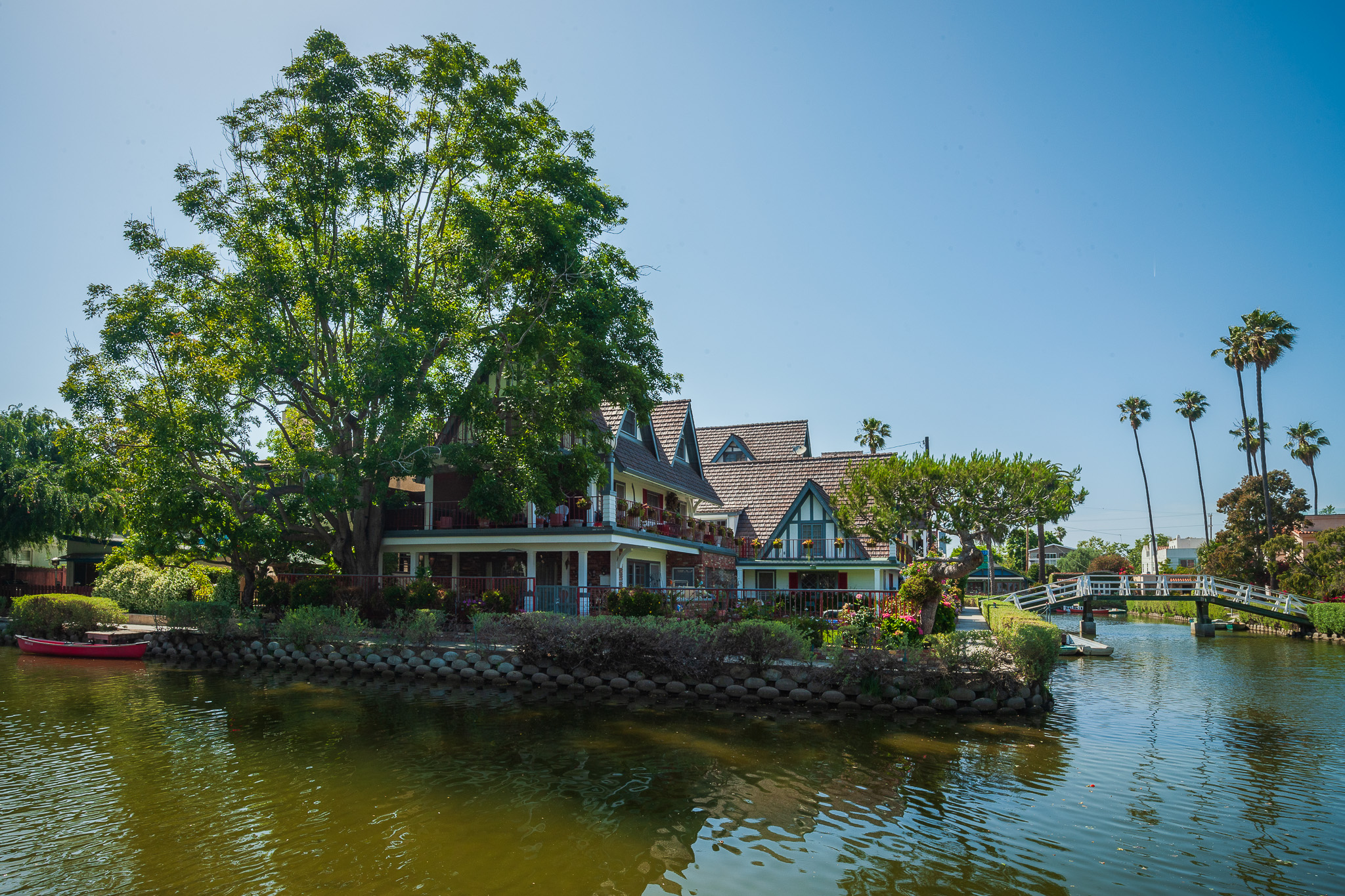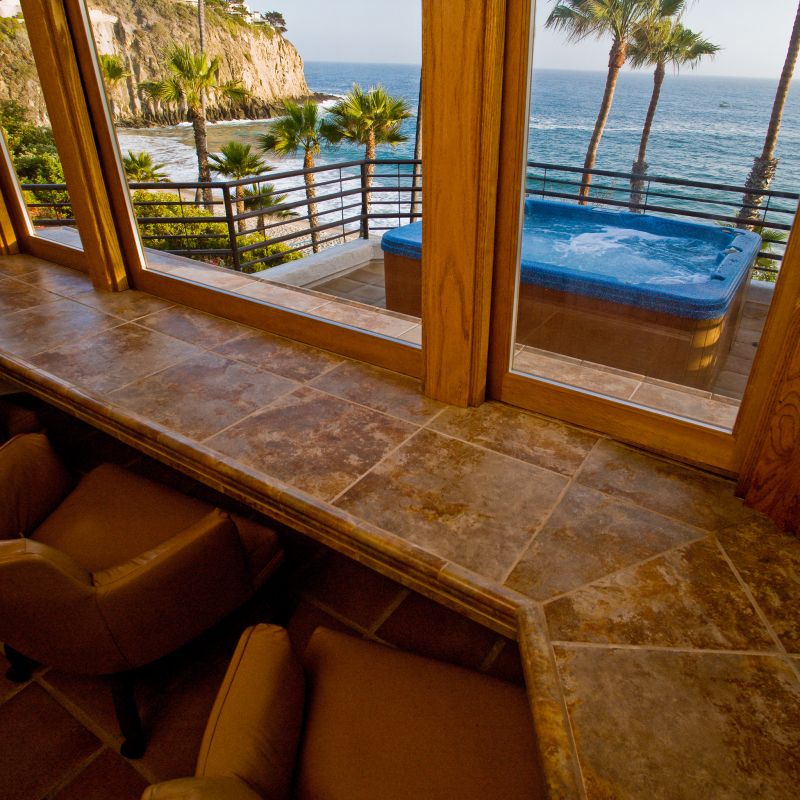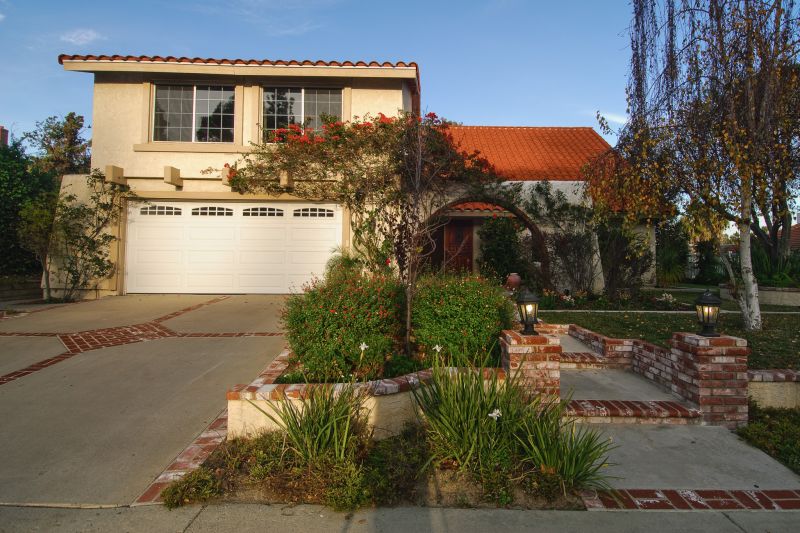
Real estate photography is a challenging but fun and potentially lucrative line of work. It can be a great side income, or a full-time career!
It might seem simple at first – just take pictures of houses and rooms, and get paid! However, there is certainly a lot more that goes into it, from the preparation and shooting to finding clients, communicating with them, and ensuring their satisfaction with a beautiful final product.
So, we’ve created this quick but thorough tutorial to help you get started. We’ll continue this series with additional tips on how to actually photograph real estate itself, the gear you need, the post-production, and the business side of things. So, read on, and stay tuned for more!

Thank you to HDRsoft for sponsoring this tutorial series and making it possible. The tips given in this tutorial are based on professional experience by our full-time photographer staff, and are our own opinions and advice.
Step 1 | Get the Right Gear For Real Estate Photography
Believe it or not, even though real estate photography does require a few particular bits of camera equipment, none of it is especially exotic or expensive. This is because of the basic nature of photographing such subjects as interior rooms, or exterior property images, which is, you’re photographing a static subject that you have complete control over. This means you don’t need a camera with pricey features like action-tracking autofocus or high frame rates, etc.
Two camera features which will indeed come in handy are the ability to bracket multiple exposures, and the ability to trigger a flash. Thankfully, all advanced/serious cameras (and even most beginner models) have both of these features.
So, what is the most important piece of gear? A solid tripod. Next, a wide-angle lens. However, since you’ll be on a tripod most of the time, your lens does not need to be an exotic fast-aperture one, it just has to be wide-angle, or what’s known as ultra-wide.

If you have these two items (a sturdy tripod and a wide-angle zoom lens) then almost any camera body will get the job done! Even a crop-sensor camera body can be used for totally professional results (as long as your wide-angle lens is made for that body).
A fourth item that will be of great use is a basic wireless flash. You can use this to illuminate interiors, either by bouncing the flash off the ceiling and walls behind the camera, or by using a diffuser such as an umbrella or softbox. However, this bit of equipment isn’t entirely critical, so don’t be intimidated by the thought of having to shop for softboxes and light stands and radio triggers, yet!

Alternately, if you’re not interested in flash, (or more likely, you’re photographing large exteriors where flash is simply not an option!) then the final tool will be a professional HDR workflow and software.
Step 2 | Get Image Editing Tools for Real Estate Photography
Even if you have a solid tripod, a great camera, and the best lens for the job, you still need to know how to edit the images you take! A Raw processing program is a must-have for almost all professional work, however for real estate photography there will be a need for advanced Photoshop processing, as well as an HDR (High Dynamic Range) processing application. You might even need to process multiple HDR images in batches for particular jobs.
Adobe Lightroom and Photoshop can get a lot done all by themselves, and HDR software such as Photomatix Pro offers both high-quality and advanced tone controls for editing bracketed images, as well as highly efficient batch processing capabilities.
We’ll get deeper into the equipment in a future article, so stay tuned for that. For now, this basic guideline should be able to get you started.

Step 3 | Learn and Practice Photographing Real Estate
Before shooting a paid job, you absolutely must practice, and be sure of exactly what your camera gear is capable of. Not only will it help you work efficiently when you’re on a “real” job, it will also help you ensure that you deliver highly professional results.
In future articles of this series, we’ll dive to real estate photography techniques, tips and tricks, so be sure to stay tuned to this series. To get started, here are a few critical concepts.
Understand What Images to Capture
Start with understanding the right images to capture. The best thing you can do is practice, while closely studying existing property listings and images of the types of things you’re most likely to actually photograph. As a general rule, get one or two images of every interior room, (or have the client make a list of the specific rooms they want to be photographed); and get 3-5 images of property exteriors, including the front yard and the backyard.
Watch Your Angles
Be careful not to angle your camera upward or downward too much, because vertical lines should usually appear as close to perfectly vertical as possible. This can be corrected in post-production, but only to a certain degree.

Understand The Dynamic Range Of Your Camera
Digital camera sensor dynamic range has come a long way in the last 10 years, but it’s still not infinite. You should always understand just what your camera is capable of; never tell yourself, “oh, I can recover those shadows in post-production!”
Even if you just bought a fancy new camera that everybody says has amazing shadow recovery, you still should perform a test. Shoot a dramatic sunset with a property or other subject that is in complete shadow, start by saving your highlights, and see how many stops (EVs) you have to brighten the exposure before you can see into those shadows.

Since exterior property images are almost always best at sunset or twilight, you’ll want to make sure you always capture the full dynamic range of a scene when you’re on the job. Unfortunately, each camera has very different setups for exposure bracketing, so play around with it and make sure you know exactly how to bracket a scene very quickly before you go out on paid jobs!

Building A Portfolio For Real Estate Photography
Getting into any portfolio-related business is always a catch-22: how can you get professional work if you don’t have a portfolio of professional images to show potential clients? Thankfully, real estate photography is actually one of the easiest fields to build a great portfolio for!
First and foremost, you can of course practice with your own home, if you can make some of the rooms presentable enough. Or if you have a friend who has an ideal home, they might be willing to allow you to photograph a couple of rooms.
Also, anything that you can photograph in a public place is fair game! Just be respectful and safe, as always. (It helps to carry business cards stating that you’re a photographer.)
Of course, you can always cold-call real estate agents in your area. You might get a “no” 19 times, but the 20th might be a yes… Alternately, sometimes online vacation rentals (Air BnB, VRBO, etc.) could use a few great interior and/or exterior images.
Lastly, keep in mind that this is just your portfolio, not an actual property listing. As such, feel free to use Photoshop extensively to clean up and beautify your images! If there’s a window with a brick wall or an ugly backyard outside, try swapping it for a beautiful view of a beach or a mountain. Such tricks would never be allowed in an actual listing, of course, but it’s good practice for your Photoshop skills! (One thing that is very common in actual property listings is, using Photoshop to swap a boring sunset sky with a more dramatic one.)

Real Estate Photography Business – Getting Work
When you’re ready to actually charge money, it may not be enough to simply put your portfolio online and get business cards printed. These days, the process of “breaking into” any photography market is pretty involved, and often a long-term game.
Firstly, of course, you’ll want to do the obvious: reach out to real estate agents in your area, or to other photographers in the area who might need an assistant on bigger jobs. Also, there are many other channels you can pursue, from paid advertising online, to good ‘ol SEO, (Search Engine Optimization) or even in-person sales at local events or cold-calling phone numbers you see on local property “for sale” signs.
As with any business endeavor, it can take a lot of hard work to get your foot in the door. The key is to just keep trying different things, and don’t give up!
Should You Shoot For Free First?
It might be okay to photograph one or two jobs for free if you really do need the practice, and can’t promise professional results yet. Just make sure that you’re not being taken advantage of by a client who absolutely could have paid you at least some small amount for your time. There’s something about your sheer dignity, that makes a huge difference between asking for a mere $50 or just doing a job for absolutely nothing.
When you really do know what you’re doing, though, you should be charging money. No matter how many times you hear, “I can’t offer you money this time, but if you do a good job, there’s a chance we can pay you on the next job,” don’t believe it!
See, here’s the deal: When you shoot for free, that client will probably expect to be able to get away with it again. Worse, however, is this- every time you do an unpaid job, you’re building a reputation as a person who shoots for free. This sets a precedent and makes it all the more difficult to charge money later. Imagine trying to charge a client $5,000 or $10,000 for a job, when just a few years ago you did free work for them. Awkward!
So, take pride in your professionalism when you say, “I’m sorry, I can’t accept future business as payment for current work; thank you for understanding!”
What should you charge?
Ideally, what to charge for real estate photography will depend entirely on the area/value of the property itself, as the scope of the job, as well as how much time you will spend working on it.
For example, if you can shoot and post-produce the entire job in half a day, that’s one thing, but if you have to spend a few hours consulting with the client, renting the right gear, plus a half day or a whole day shooting the images, and then of course another day (or more) doing advanced post-production, …then you’re going to need to charge a lot more.
We’ll get into what to charge, and how to go about setting up your pricing, in a future article.

Before we move on, here’s a basic overview. Of course, the exact numbers will vary depending on your location, but a “quick” job might only pay $100-200, or as much as $500-1000. A larger job may range from just a few hundred dollars to a few thousand dollars.
Even if you have to start on the low end and work your way up, the absolute best thing you can do for yourself is, keep track of all the hours you spend on each job, plus running your business in general, …and add it all up. Not only can you determine what you’re actually paying yourself by the hour, but just as importantly, you can determine just how many jobs you can actually fit into a single week.
In future articles, we’ll dive deeper into the business side of real estate photography! Please leave a comment below if you have any particular questions on the subject.

Conclusion | Getting Into Real Estate Photography
This article should provide you with enough information to give real estate photography a try, however, there is still much more to learn! So, stay tuned for additional articles that get into greater detail about the gear, the shooting, and the business aspects of real estate photography. In the meantime, please leave a comment below if you have any questions about real estate (and architectural) photography, or the business behind it, etc.
Thank you again to HDRsoft for sponsoring this article! If you are thinking of getting into real estate photography, or any type of photography that requires bracketing and HDR processing, check out what they can do!




Get Connected!